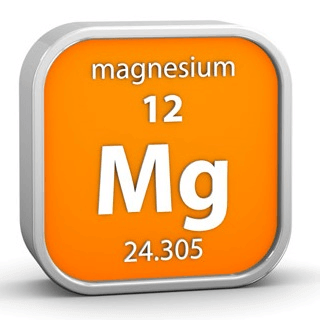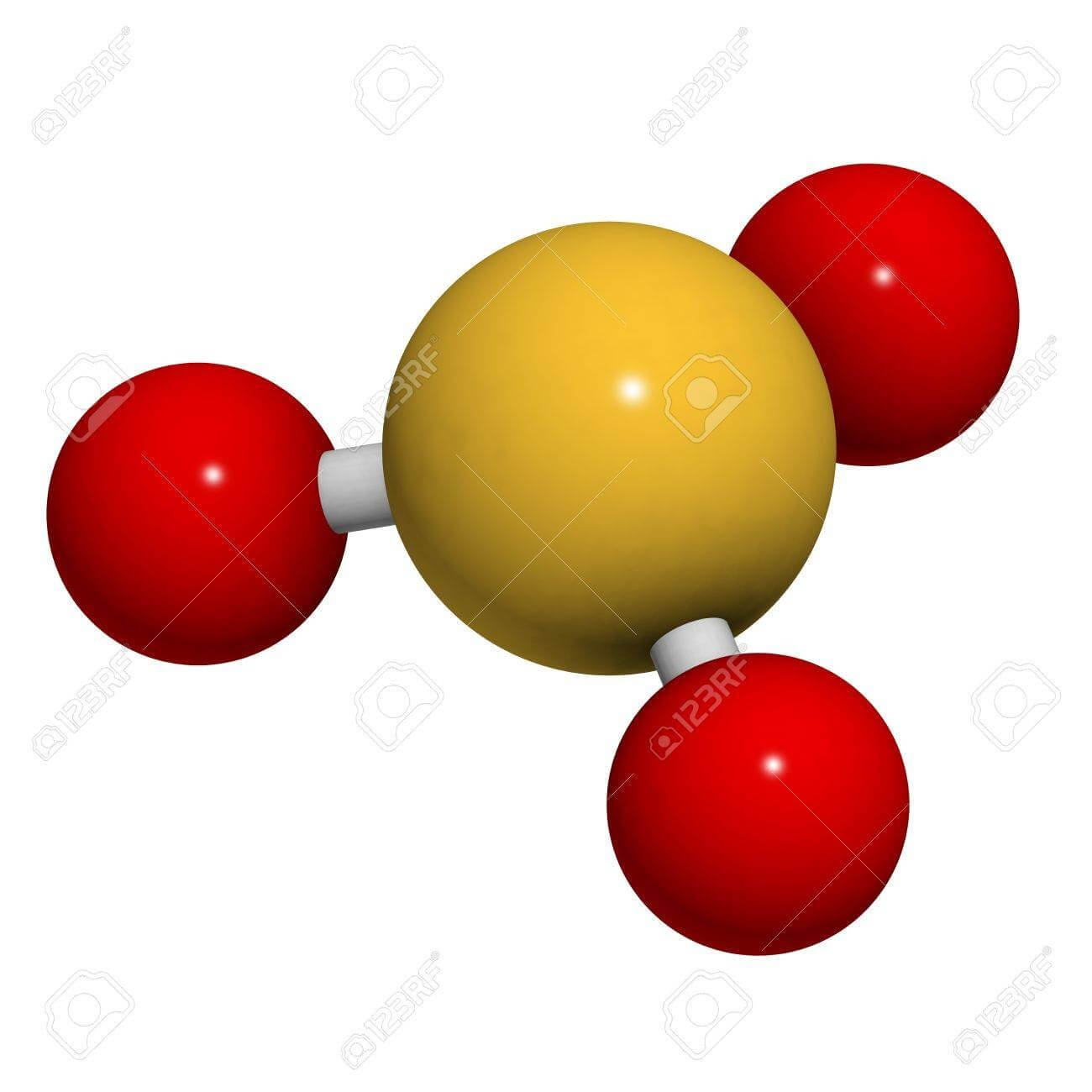

Occurrence and Significance
Magnesium (Mg) is the second element in Group IIA of the periodic table; it has an atomic number of 12, an atomic weight of 24.30, and a valence of 2. The average abundance of Mg in the earth’s crust is 2.1%; in soils it is 0.03 to 0.84%; in streams it is 4 mg/L, and in groundwaters it is >5 mg/L. Magnesium occurs commonly in the minerals magnesite and dolomite. Magnesium is used in alloys, pyrotechnics, flash photography, drying agents, refractories, fertilizers, pharmaceuticals, and foods.
The common aqueous species is Mg2+. The carbonate equilibrium reactions for magnesium are more complicated than for calcium, and conditions for direct precipitation of dolomite in natural waters are not common. Important contributors to the hardness of a water, magnesium salts break down when heated, forming scale in boilers. Chemical softening, reverse osmosis, or ion exchange reduces magnesium and associated hardness to acceptable levels.
Magnesium is an essential element in chlorophyll and in red blood cells. Some salts of magnesium are toxic by ingestion or inhalation. Concentrations greater than 125 mg/L also can have a cathartic and diuretic effect.

Selection of Method
The methods presented are applicable to waters and wastewaters. Direct determinations can be made with the atomic absorption spectrometric method (Section 3111B) and inductively coupled plasma method (Section 3120). The inductively coupled plasma mass spectrometric method (Section 3125) also may be applied successfully in most cases (with lower detection levels), even though magnesium is not specifically listed as an analyte in the method. These methods can be applied to most concentrations encountered, although sample dilution may be required. Choice of method is largely a matter of personal preference and analyst experience. A calculation method (3500-Mg.B) also is available.
3500-Mg B. Calculation Method
Magnesium may be estimated as the difference between hardness and calcium as CaCO3 if interfering metals are present in noninterfering concentrations in the calcium titration (Section 3500-Ca.B) and suitable inhibitors are used in the hardness titration (Section 2340C).
mg Mg/L = [total hardness (as mg CaCO3/L) − calcium hardness (as mg CaCO3/L)] × 0.243



